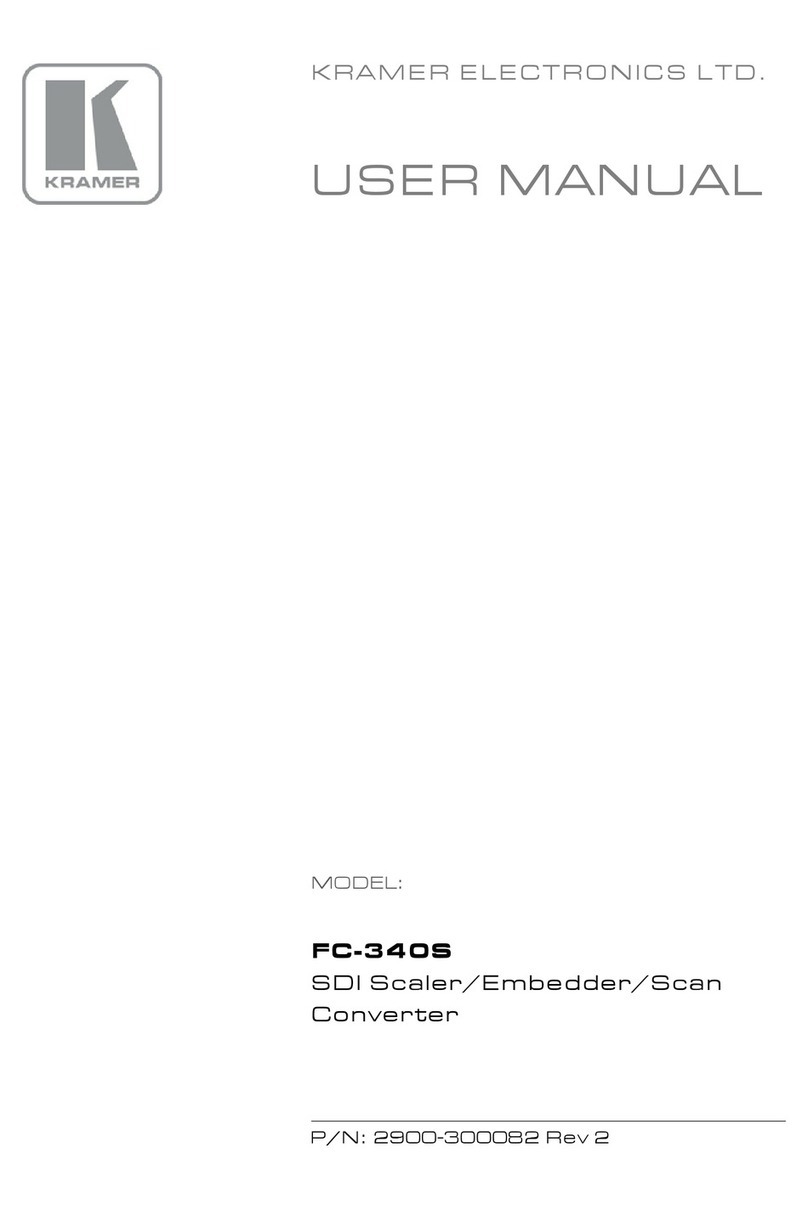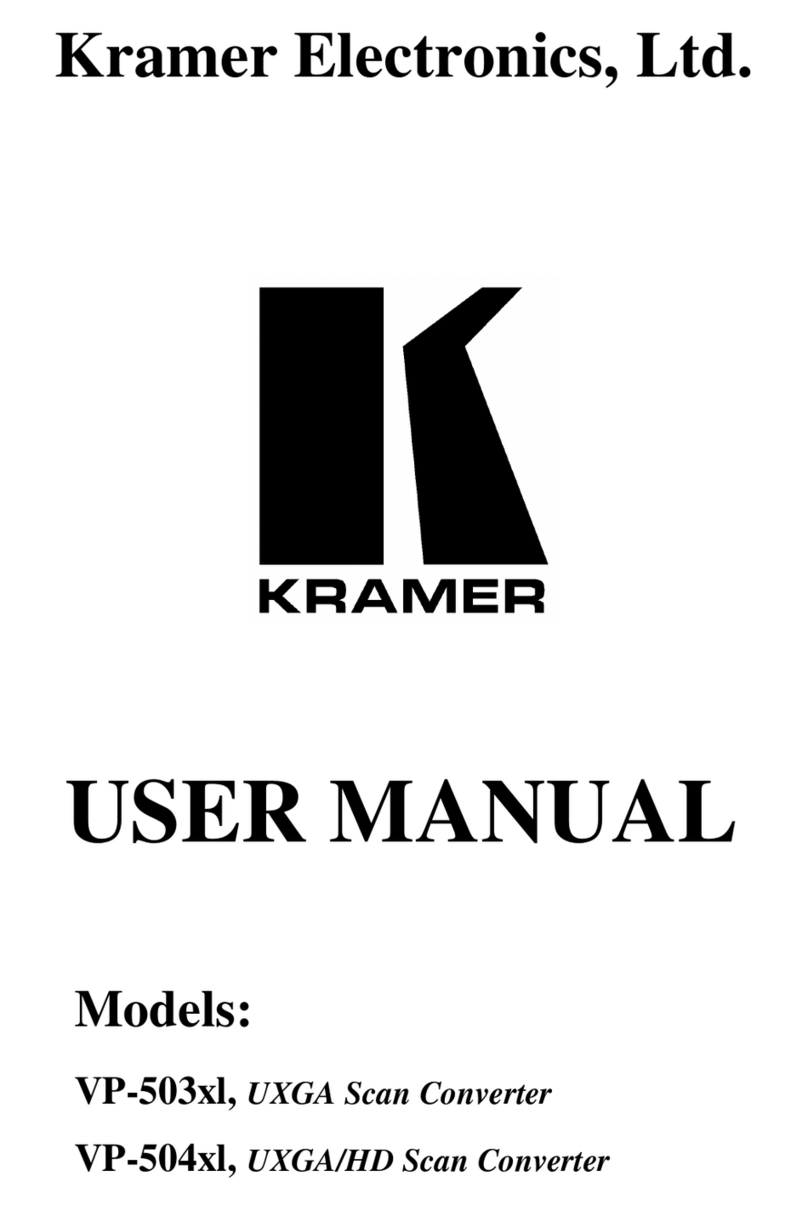Kramer KDS-100EN User manual
Other Kramer Media Converter manuals
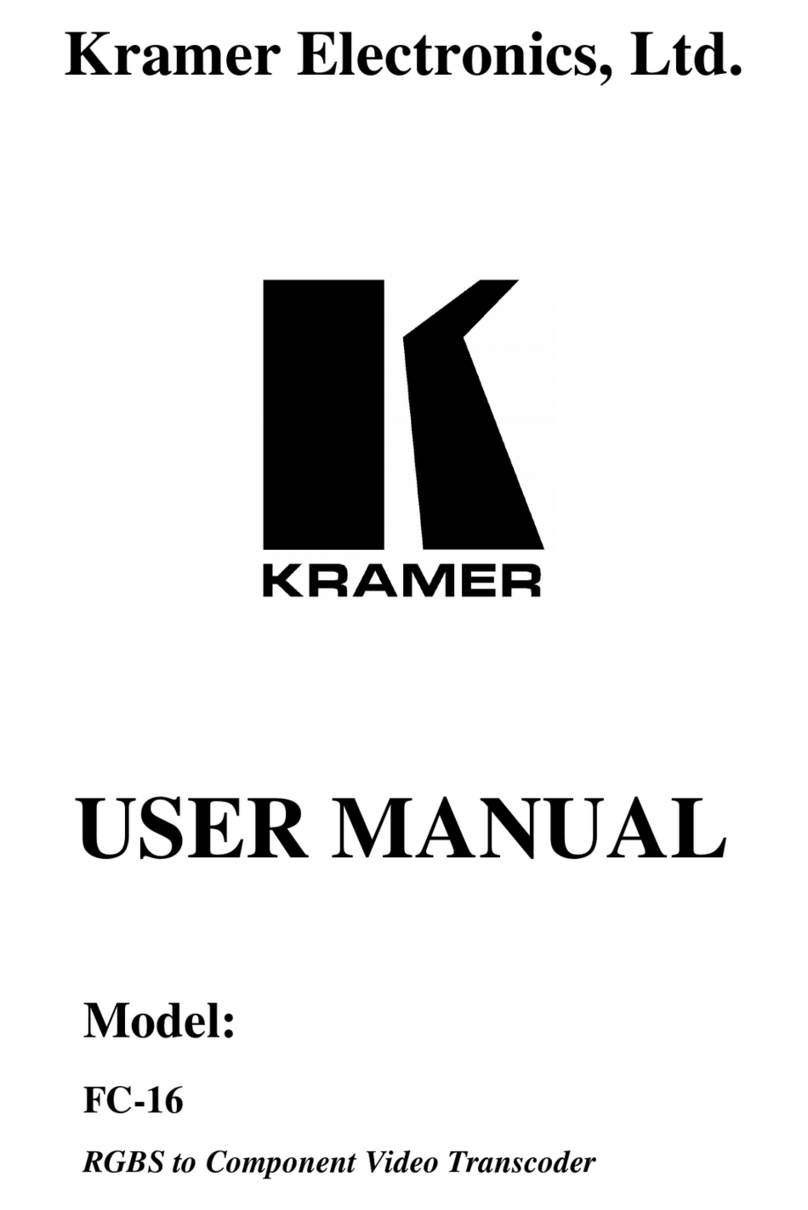
Kramer
Kramer FC-16 User manual

Kramer
Kramer FC-41 User manual

Kramer
Kramer FC-42 User manual
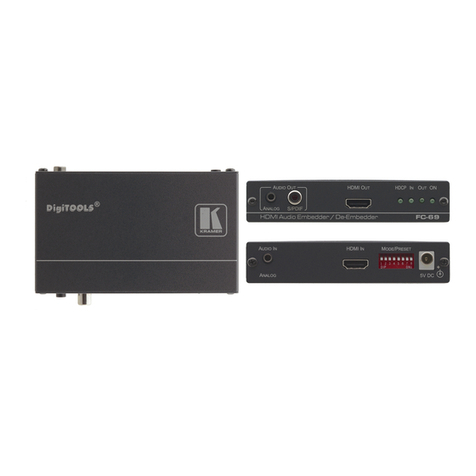
Kramer
Kramer FC-69 User manual
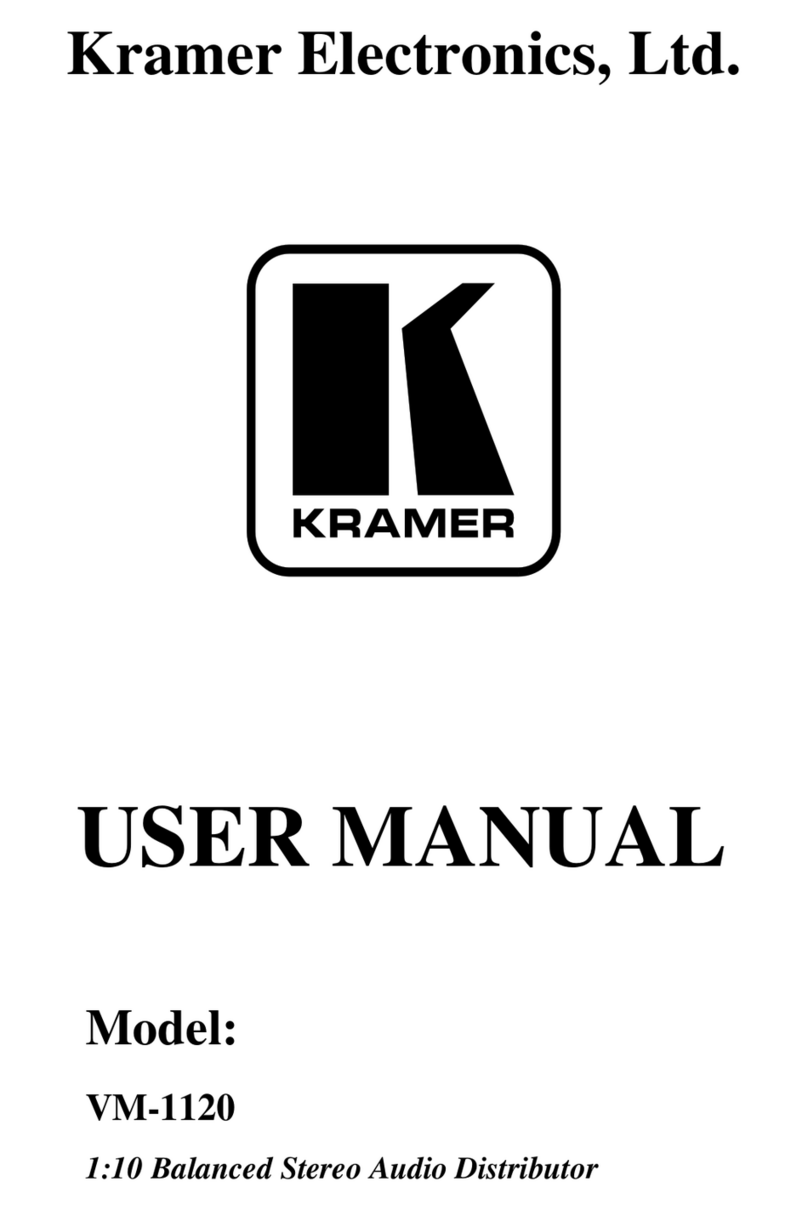
Kramer
Kramer VM-1120 User manual

Kramer
Kramer FC-20 User manual
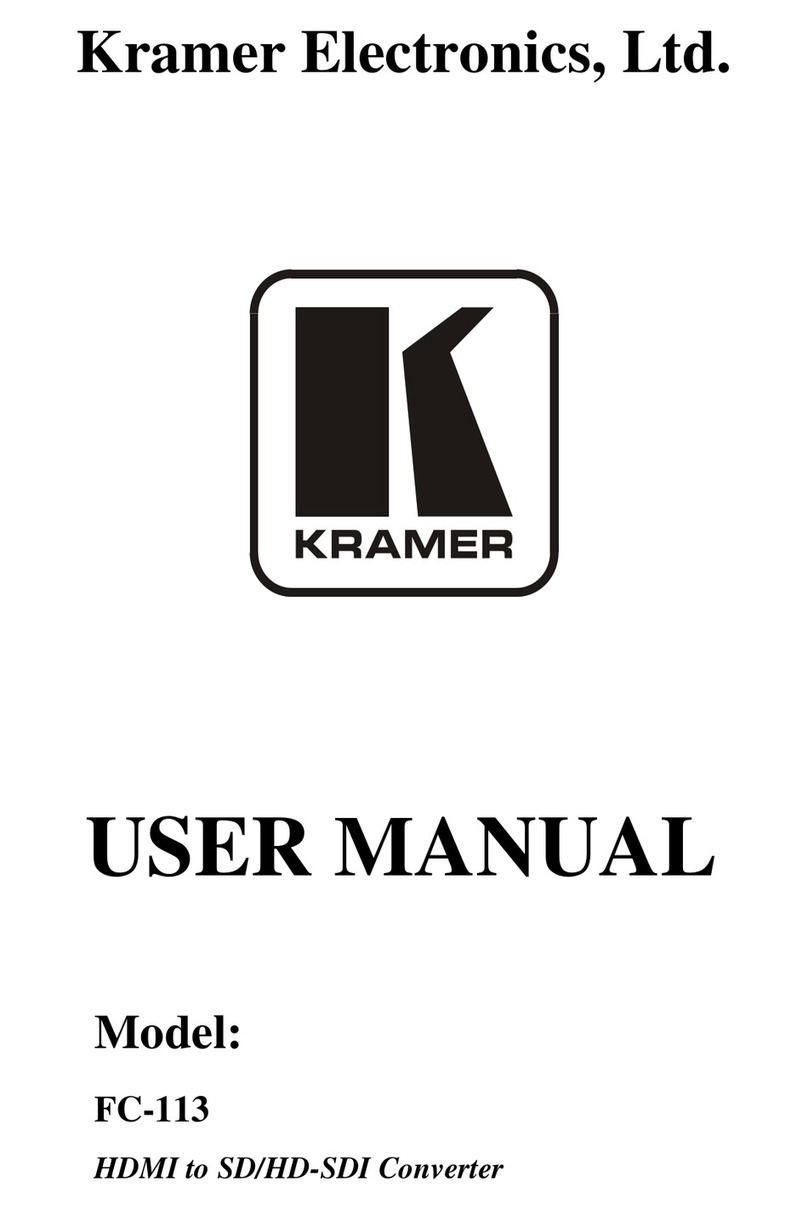
Kramer
Kramer FC-113 User manual
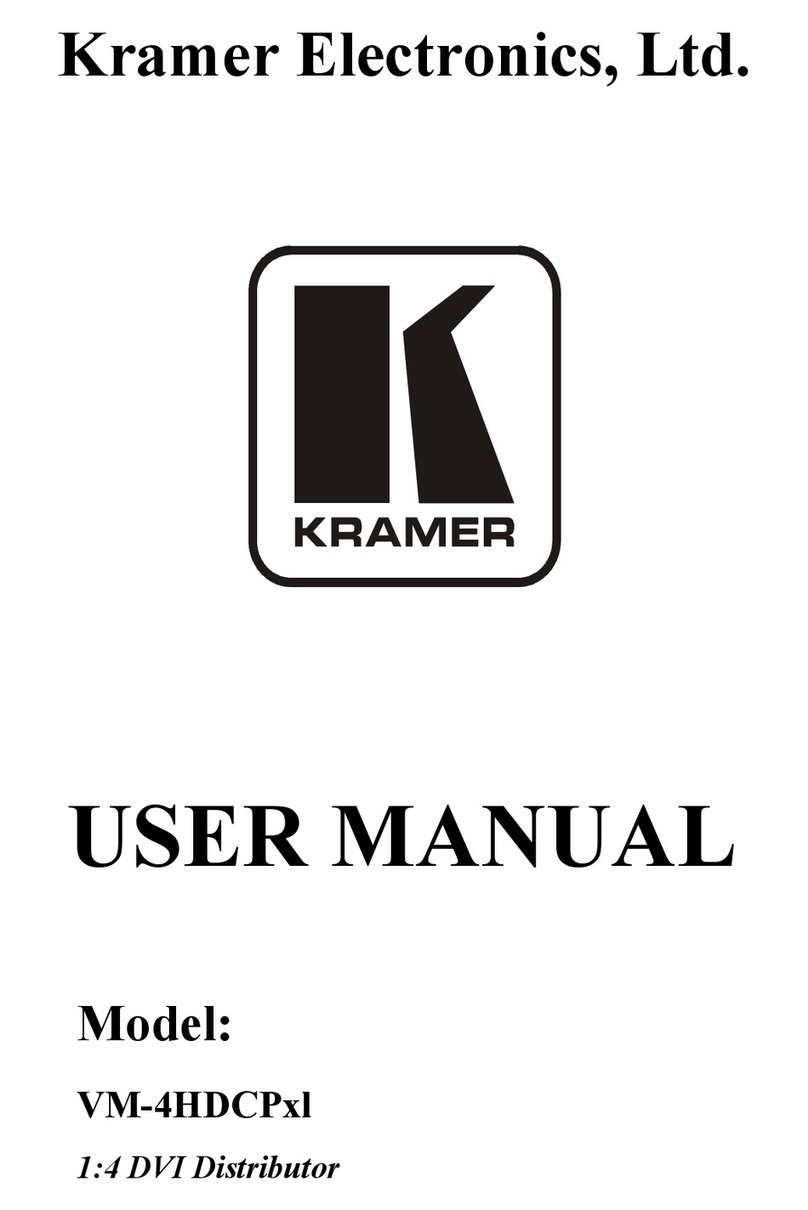
Kramer
Kramer VM-4HDCPxl User manual
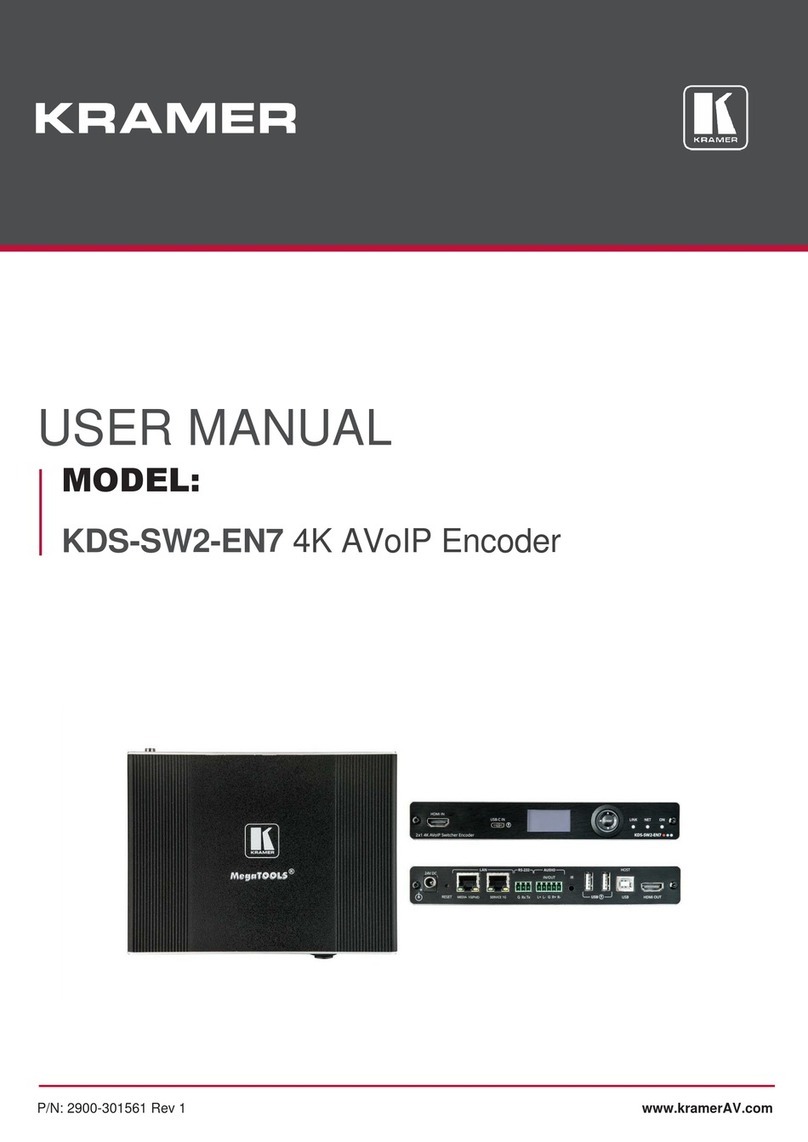
Kramer
Kramer KDS-SW2-EN7 User manual
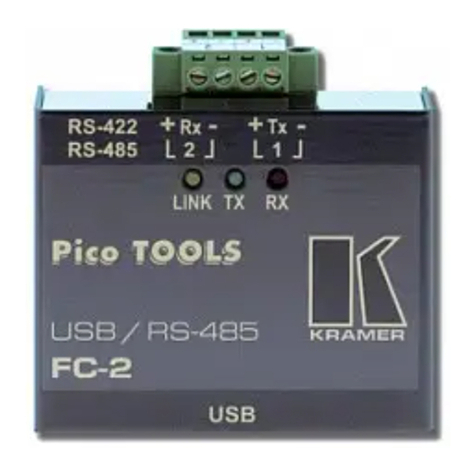
Kramer
Kramer FC-2 User manual

Kramer
Kramer PIP-200XL User manual
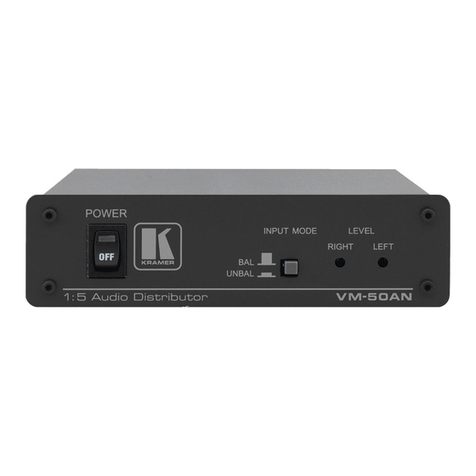
Kramer
Kramer VM-50AN User manual
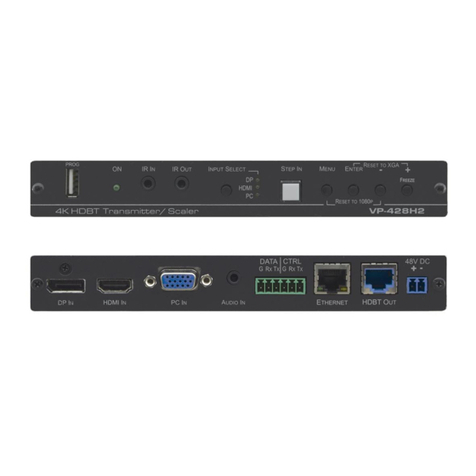
Kramer
Kramer VP-428H2 User manual
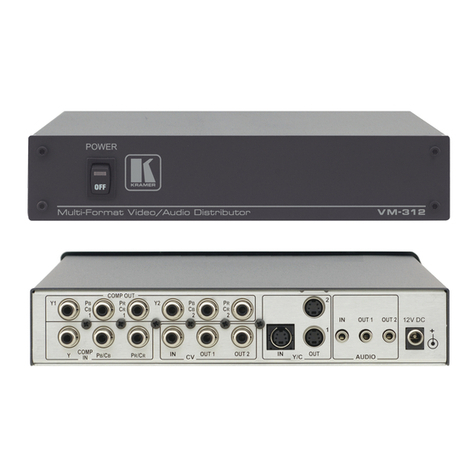
Kramer
Kramer VM-312 User manual
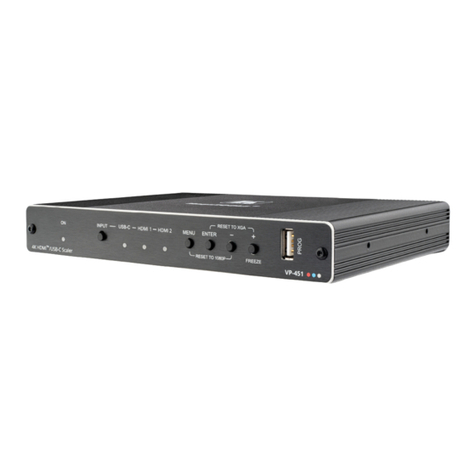
Kramer
Kramer VP-451 User manual

Kramer
Kramer VM-4H User manual
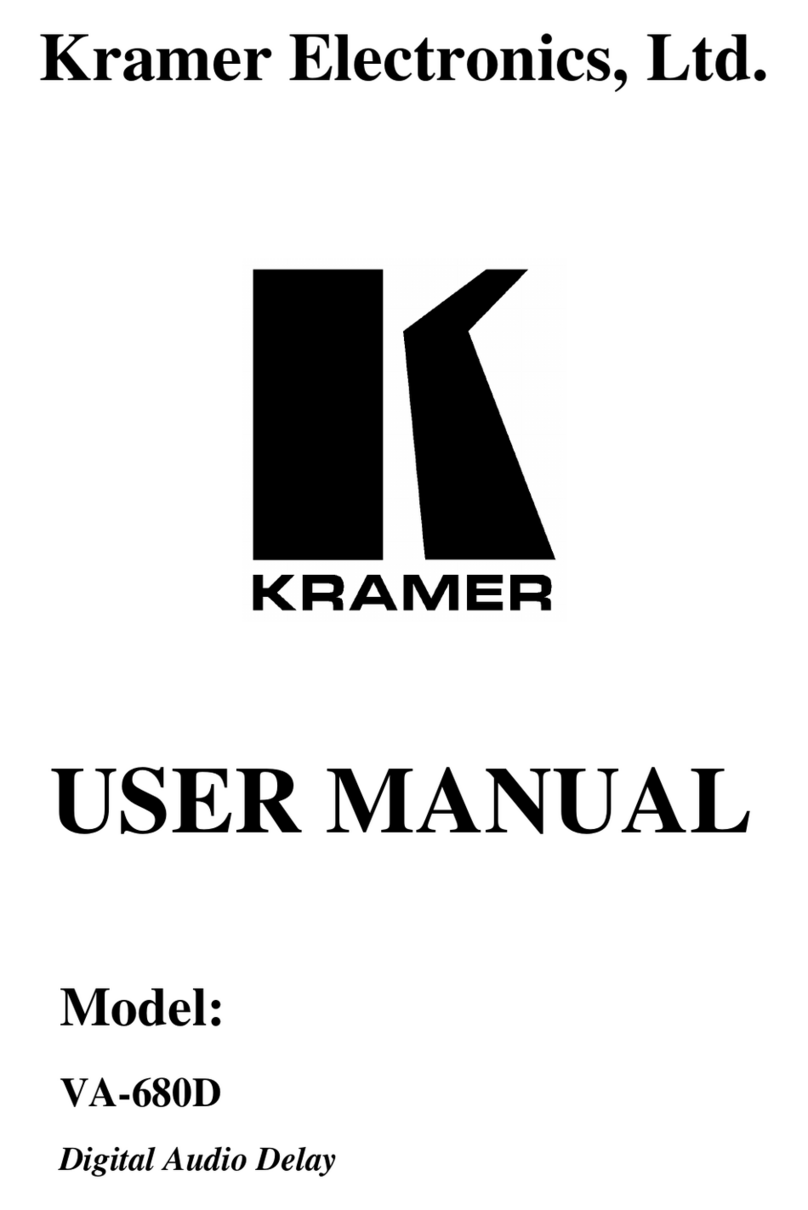
Kramer
Kramer VA-680D User manual
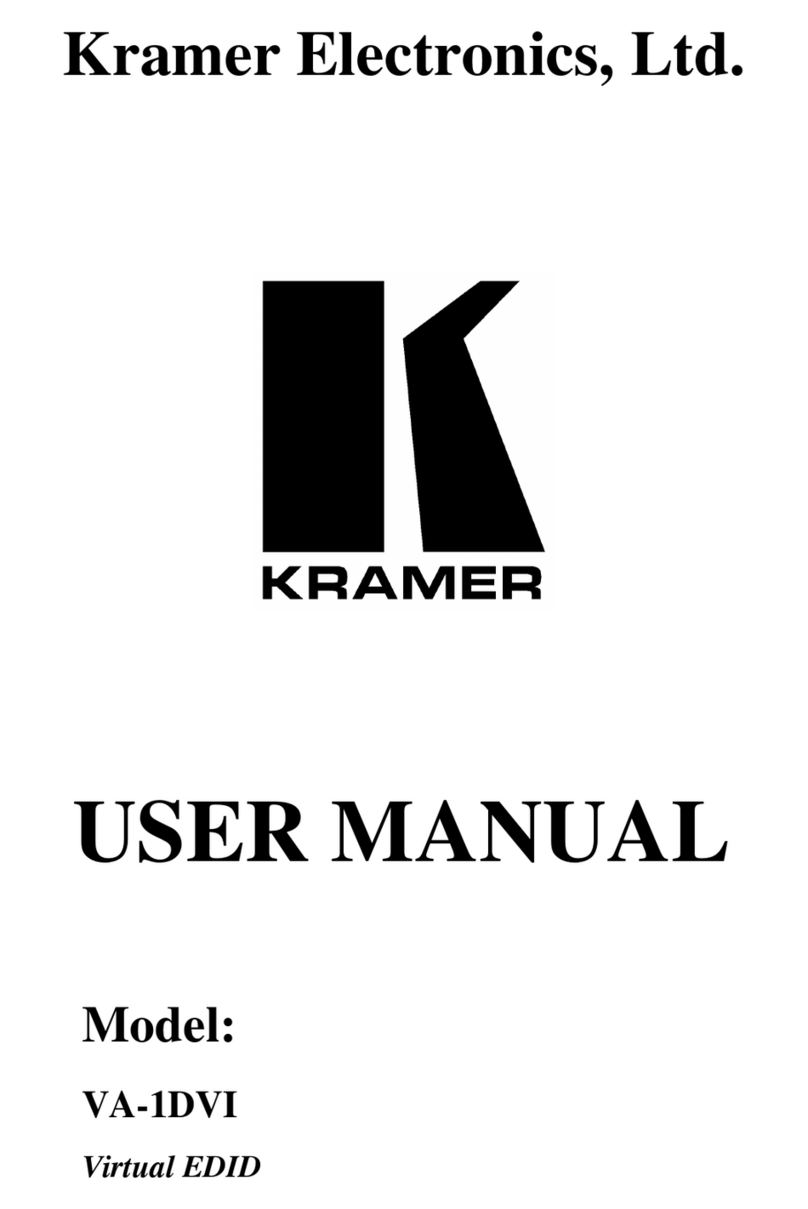
Kramer
Kramer VA-1DVI User manual
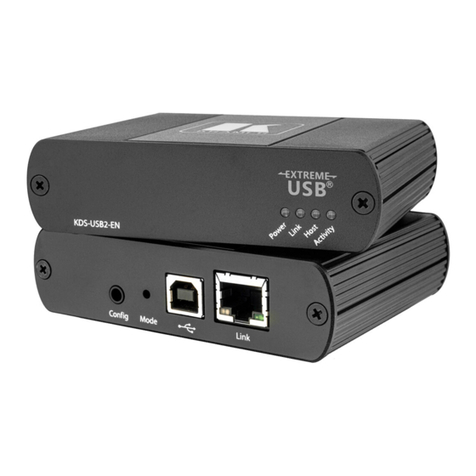
Kramer
Kramer KDS-USB2 Kit User manual

Kramer
Kramer FC-5000 User manual
Popular Media Converter manuals by other brands

H&B
H&B TX-100 Installation and instruction manual

Bolin Technology
Bolin Technology D Series user manual

IFM Electronic
IFM Electronic Efector 400 RN30 Series Device manual

GRASS VALLEY
GRASS VALLEY KUDOSPRO ULC2000 user manual

Linear Technology
Linear Technology DC1523A Demo Manual

Lika
Lika ROTAPULS I28 Series quick start guide

Weidmuller
Weidmuller IE-MC-VL Series Hardware installation guide

Optical Systems Design
Optical Systems Design OSD2139 Series Operator's manual

Tema Telecomunicazioni
Tema Telecomunicazioni AD615/S product manual

KTI Networks
KTI Networks KGC-352 Series installation guide

Gira
Gira 0588 Series operating instructions

Lika
Lika SFA-5000-FD user guide
